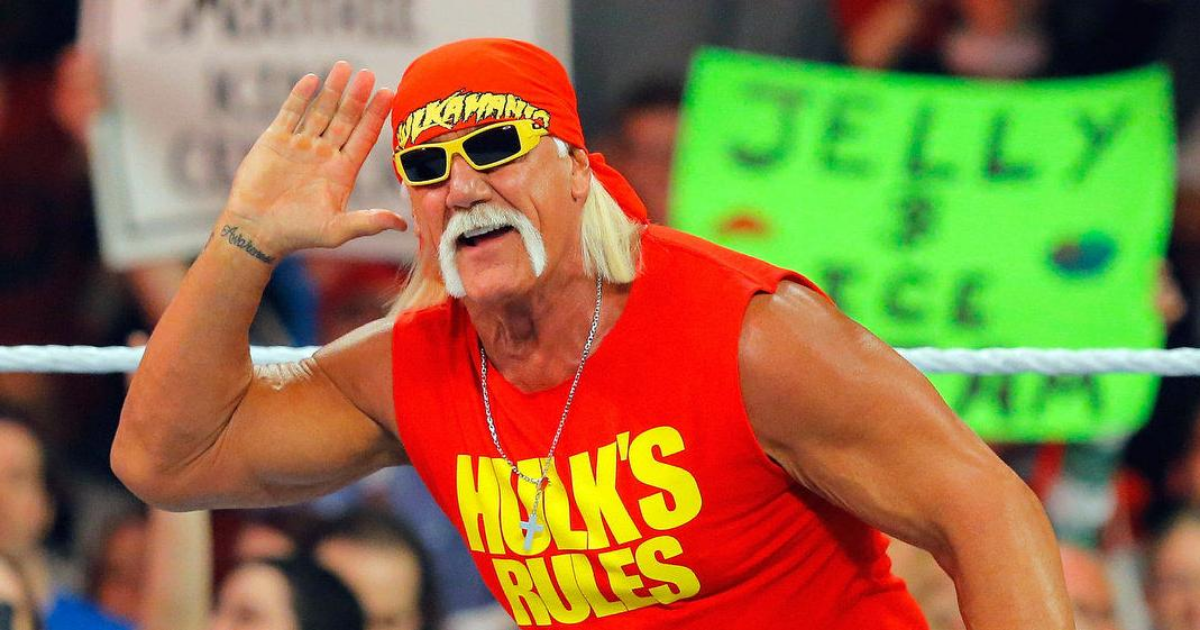Hulk Hogan, the shirt-shredding showman who helped transform professional wrestling into a behemoth entertainment powerhouse, died Thursday in Florida. He was 71.
The Clearwater Police Department confirmed his death in a Facebook post after officers responded to a cardiac arrest call shortly before 10 a.m. Hogan was later pronounced dead at the hospital.
Hogan, whose real name was Terry Bollea, became the face of professional wrestling during its rise in the 1980s. His signature horseshoe mustache, colorful headbands and massive biceps he dubbed his “24-inch pythons” ignited Hulkamania — an enthusiastic fandom that evolved into a phenomenon.
But before he found global stardom, Hogan made a pivotal stop to New Orleans and came back many times throughout the years.
The World Wrestling Foundation (now World Wrestling Entertainment) gained momentum in 1987, when Hogan famously body slammed Andre the Giant during Wrestle Mania III at the Silverdome in Michigan.
But Hogan had faced Andre the Giant several times before, including his first trip to New Orleans for their bout at the Superdome in August 1980. An undefeated Hogan played “the heel,” or the villian, against the 500-pound wrestler.
Hogan returned for two bouts, one six years later and the other in 2014.
Iron Sheik, The Rock, ‘Silverdome’
In March 1986, Hogan returned for WWF’s first appearance in New Orleans to wrestle his longtime rival, Iron Sheik, at the Superdome.
Hulk Hogan wrestles the Iron Sheik in 1986 at the Superdome.
From The Times-Picayune archives
The dim-lit arena was packed with 16,000 spectators captivated by a grisly concoction of suplexes, body slams and sleeper holds in the ring. As the crowds occasionally belted out “USA!”, children raced to the merchandise table for Hulkamania shirts and life-size posters — a testament to Hogan’s vast influence on all age groups.
“It amazes me. It’s like the arena in ancient Rome, and these guys are the gladiators,” a security guard told The Times-Picayune.
Hogan, alongside Dwayne Johnson, made his final visit to the Superdome in 2014 to host WrestleMania XXX. Sporting a red bandana and a sleeveless shirt, he strutted the runway and addressed the crowd.
It was then when Hogan mistakenly referred to the Superdome as the Silverdome — a moment that became the subject of jokes through the night.
“I’m sorry, it is the Superdome, brothers. I was just thinking about body slamming Andre the Giant, but yes, we are here in the Superdome without a doubt,” he said.
Like its early embrace of the Ultimate Fighting Championship, New Orleans’ recurring role in Hogan’s career underscored the city’s longtime openness to combat sports, decades before it was mainstream in American entertainment.
Hogan also reigned as king at the 2008 Krewe of Bacchus parade — a title he accepted partly to meet the patients at Children’s Hospital.
Hulk Hogan reigns as Bacchus during the krewe’s 2008 ride.
Times-Picayune archive
In March of that year, Hogan lead the krewe of 31 floats toward the Bacchus Rendezvous ball, showering revelers with doubloons along the way. For just a few hours, he tore away from his famously aggressive image, one The Times-Picayune once called “the wrestling embodiment of truth, justice and teen-aged American lust.”
